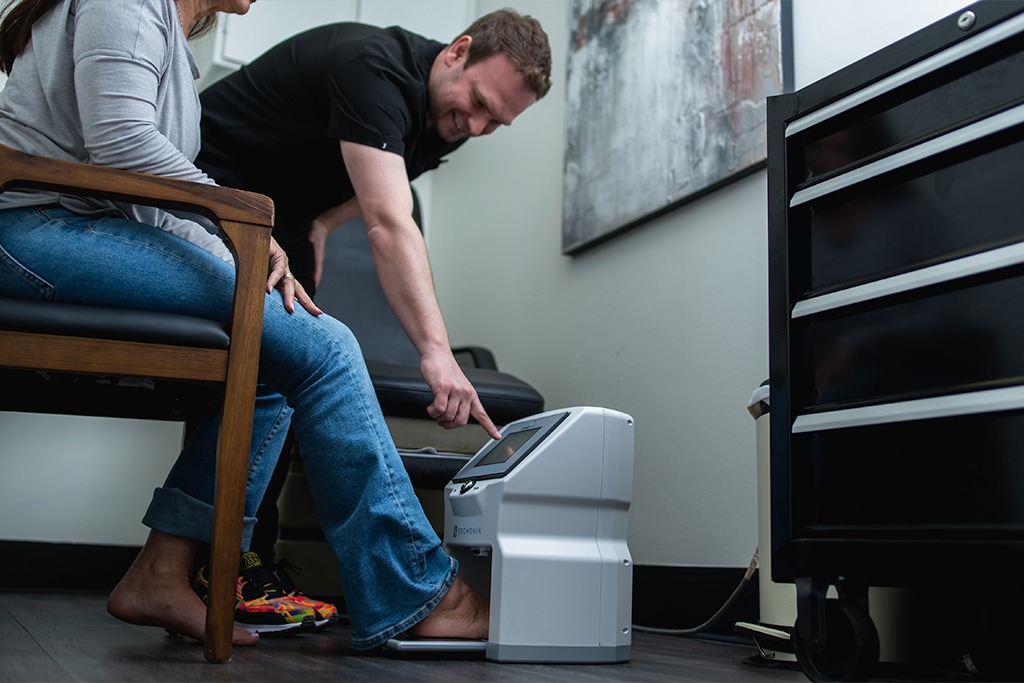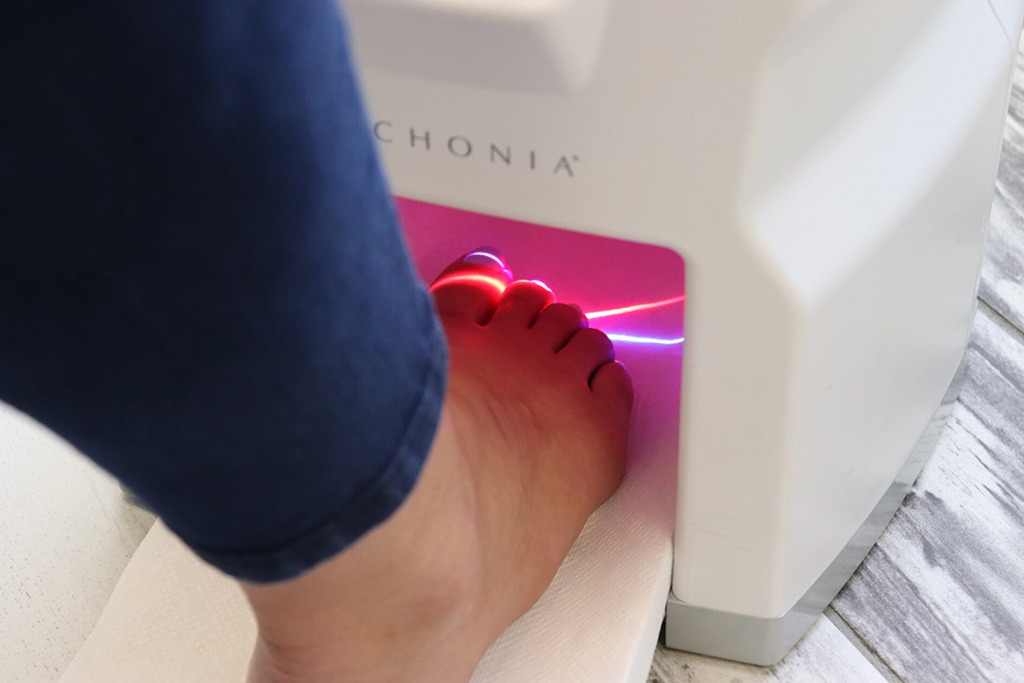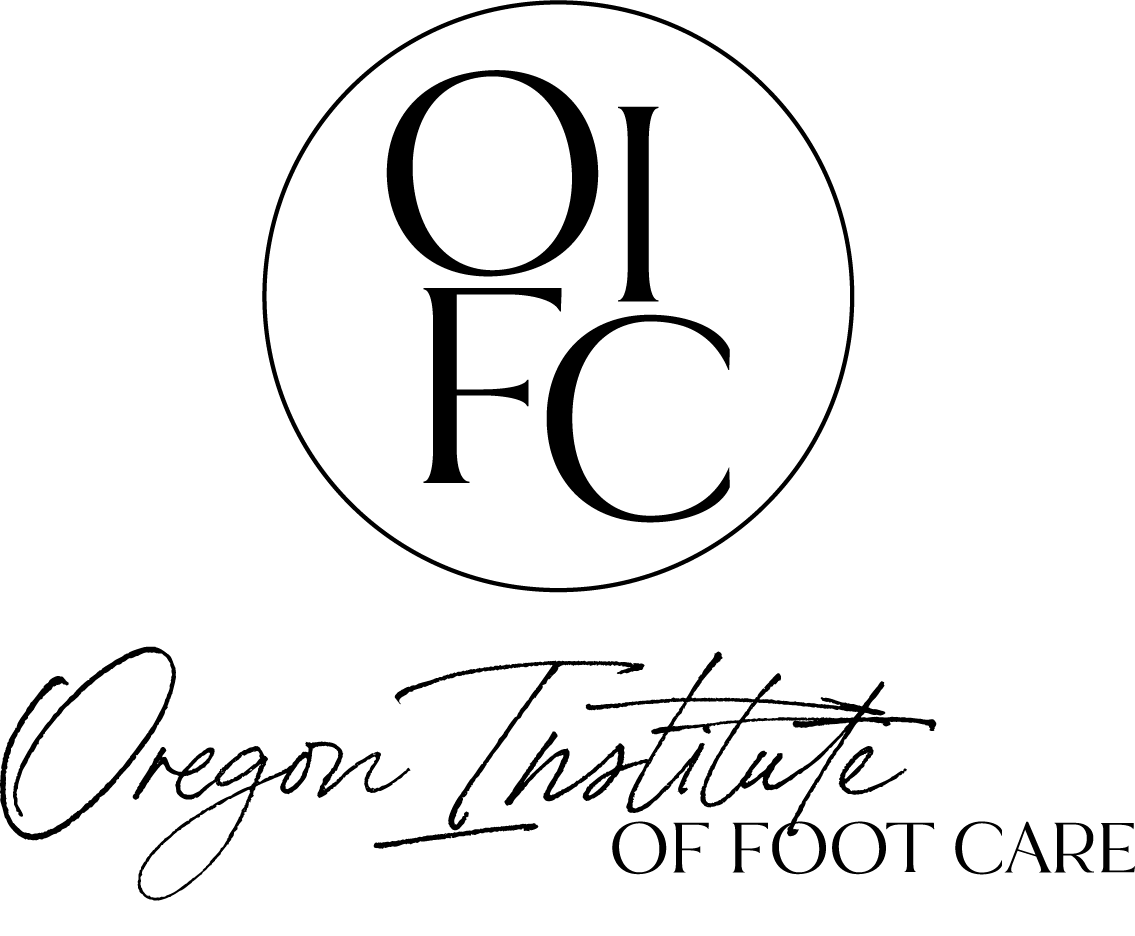FDA-Approved Non-Thermal Laser
Dr. Manson offers the only Lunula Laser for Toenail Fungus in the greater Portland area. The Lunula Laser is the only FDA-approved non-thermal laser for new clear nail growth. The Lunula Laser for toenail fungus is painless during treatment and there is no downtime or recovery time. The Lunula Laser for toenail fungus treatments takes only 12-minutes per foot. There are no side effects, and 89% of patients responded to treatment in clinical trials.
- Four weekly Lunula Laser treatment sessions to treat the thick and discolored fungal toenails.
- Topical anti-fungal solution, cream, and shoe spray.
- Oral use of Terbinafine (when medically indicated).
- Individualized materials to support patient compliance.
- 1-month and 8-month follow-up appointments with Dr. Manson.
What is Toenail Fungus?
The fungus usually starts on one or two nails that become cloudy or discolored. Over time, the toenail may thicken, change shape, separate from the toe, and develop a yellowish crumbly material underneath it.
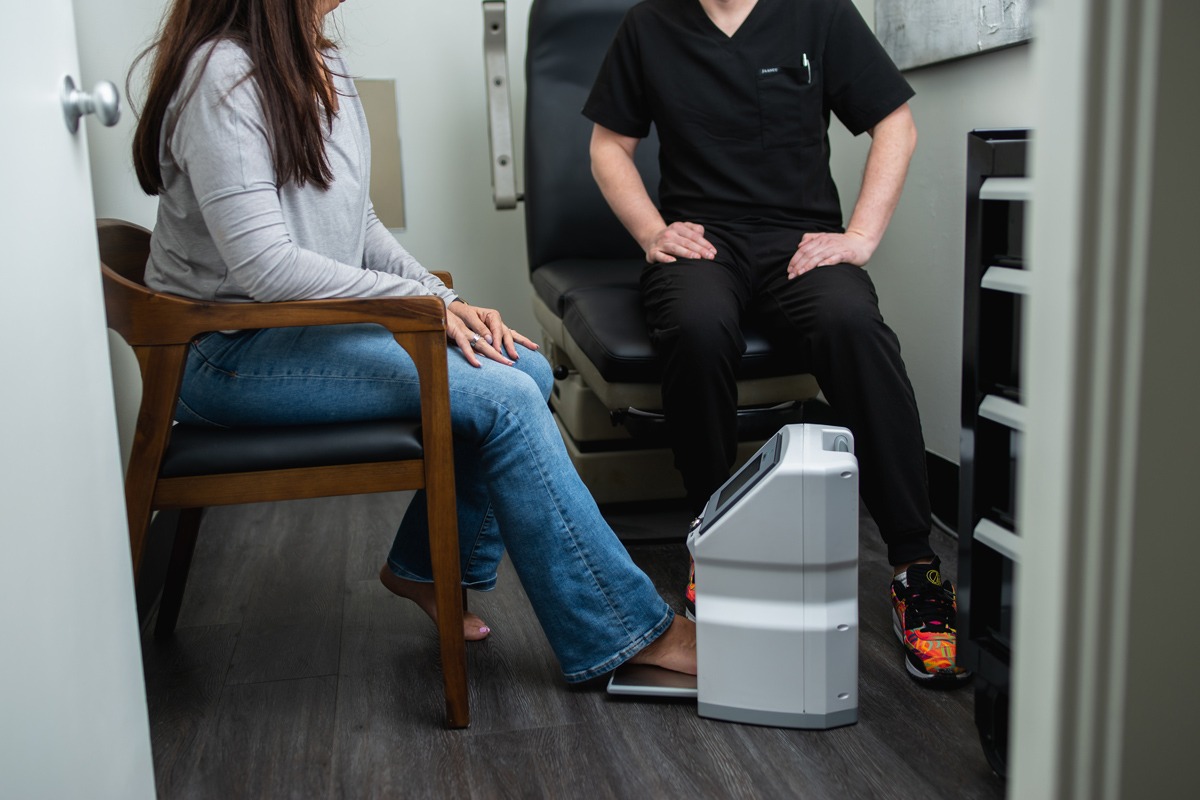
Why Do I Have Toenail Fungus?
People who wear shoes that keep their feet sweaty and moist are more likely to get toenail fungus than people who don’t. Diabetics and people with a compromised immune system are also at risk. It can spread from person to person by sharing a towel or nail clippers and by walking barefoot, so it’s not uncommon for several people in the same house to have it.
Many people have tried and failed to treat their toenail fungus. From home remedies to topical antifungals to oral medications (such as Terbinafine, and Lamisil), many people have tried it all.
How Much Does Lunula Laser For Toenail Fungus Cost
The cost is $1200 for both feet or $750 for one foot. This includes 4 weekly Lunula Laser treatment sessions, as well as your initial supply of topical antifungals and antimicrobial shoe spray. Also included are your initial evaluation, patient compliance support materials, and 1-month, and 8-month follow-up appointments with Dr. Manson. Lunula Laser for toenail fungus is not covered by insurance.
If treatment has failed to provide the desired results at the 8-month follow-up, Dr. Manson will order 4 more Lunula Laser treatments at no cost to the patient. We want you to be happy and feel like we made every effort to successfully treat your toenail fungus.
Oregon Institute of Foot Care offers a discount to immediate family members if they require Lunula Laser for Toenail Fungus treatment; $1000 for both feet or $600 for one foot.
Schedule a Lunula Laser For Toenail Fungus Consultation
Please contact us today if you have any questions about Lunula Laser For Toenail Fungus in Lake Oswego, OR, or would like to schedule a consultation at Dr. Tyler Manson. We will build the ideal treatment plan for you in order to help you achieve smoother, more radiant skin.
Frequently Asked Questions about Lunula Laser Treatment
What is the Lunula Laser?
The Lunula Laser uses low level laser light to target onychomycosis, more commonly known as fungus. Because the laser light can pass through the nail, it can work on getting rid of the fungus that lives below it. The laser does this without causing any damage to the nail or the skin around it. It’s pain-free, there are no known side effects, and there is no downtime or recovery time required. In fact, as little as four short sessions are needed to treat the affected area.
What is the standard Lunula Laser treatment protocol?
Is the laser FDA-Approved?
Can I feel the laser working?
Is the tissue response the same with the lower wavelengths in the Lunula?
What is the advantage of utilizing a multiple diode approach in the treatment of onychomycosis?
The wavelength provides anti-microbial, antibacterial, and anti-fungal effects. The patented dual diode approach provided by the Lunula Onychomycosis Device provides symbiotic wavelengths that enhance new clear nail growth at 6 months.
What are the risks with using a heat-based Class IV laser as opposed to a true cold laser?
How does the Lunula Laser work?
*NO + ROS = peroxynitrite destroys fungal pathogens*
The 635 nm laser enhances mitochondrial energy metabolism, which generates NO, and this is combined with the 405 nm laser, which generates ROS, and produces peroxynitrite. This by-product is cytotoxic and destroys pathogenic bacteria, fungi, and protozoa.
Can a patient become re-infected with fungus once there is clearance?
It is recommended for patients to take other precautions to prevent re-infection. Recommendations include using anti-fungal spray after wearing closed-toe shoes and spraying their showers with Tylex or another cleanser, all with the hope of preventing re-infection.
What are the advantages of the Erchonia Lunula onychomycosis laser device?
The Lunula produces two wavelengths, 635 nm and 405 nm, both of which have been enriched by a proprietary rotating line-generated laser beam. The Lunula’s specially designed delivery mechanism maximizes both photon concentration and treatment surface area.
The Lunula’s patented delivery system ensures that all infected tissue, nail bed, and most importantly, the proximal germinal/matrix tissue is properly targeted and treated. Once a fungus becomes entrenched in your nail, the same barrier that was effective in protecting against infection, now works to protect the fungus. This makes it difficult for topical creams and polishes to treat the fungus because it’s very hard for them to reach the fungus. The laser light passes through the nail to target the fungus, offering new hope in treating this condition.
What kind of clinical results are experienced with the Lunula Laser?
Are there any complications with LunulaLaser therapy?
Are all laser wavelengths the same?
The lower wavelength lasers, Class 2, Class 3A, and 3B depending on power output, do not rely on heat production. Cold lasers initiate true physiologic responses, and photo modulation. The Class2/3A/3B lasers have wavelengths 700 nm or lower.
Is debridement of the toenail necessary when utilizing laser therapy to treat onychomycosis?
What are the Advantages of The Lunula Low Level Laser for the Treatment of Onychomycosis?
Does not interfere or interact with any systemic medicine.
No chance of liver toxicity.
The treatment protocol is painless, ensuring good patient compliance, and there is no recovery time.
Is there a maintenance protocol?
Related Procedures
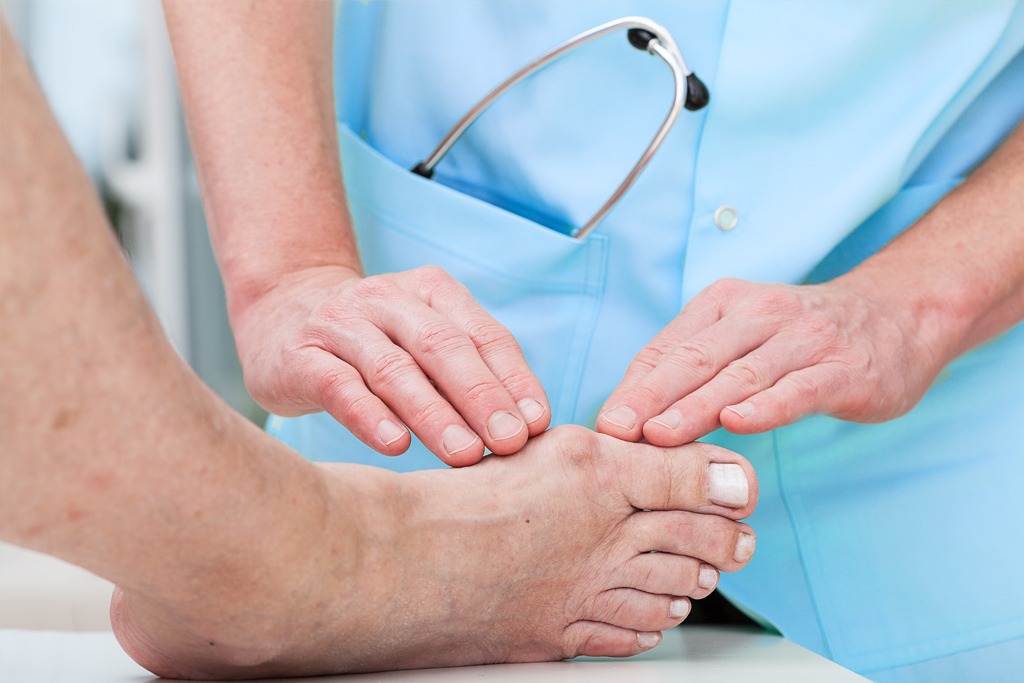
Bunion Surgery
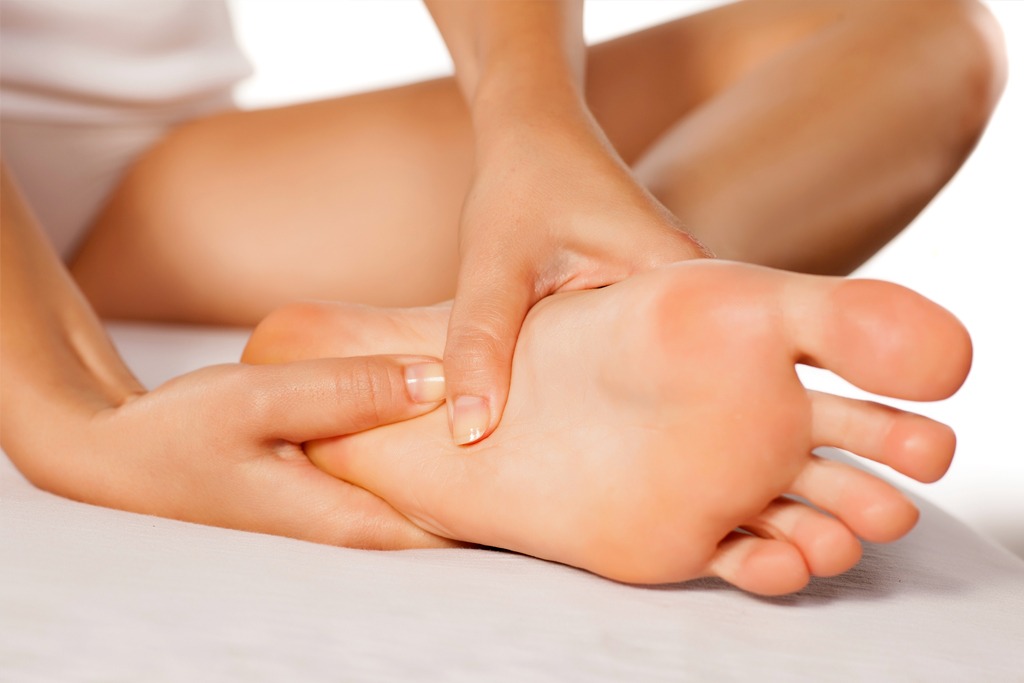
Tailor's Bunion Surgery
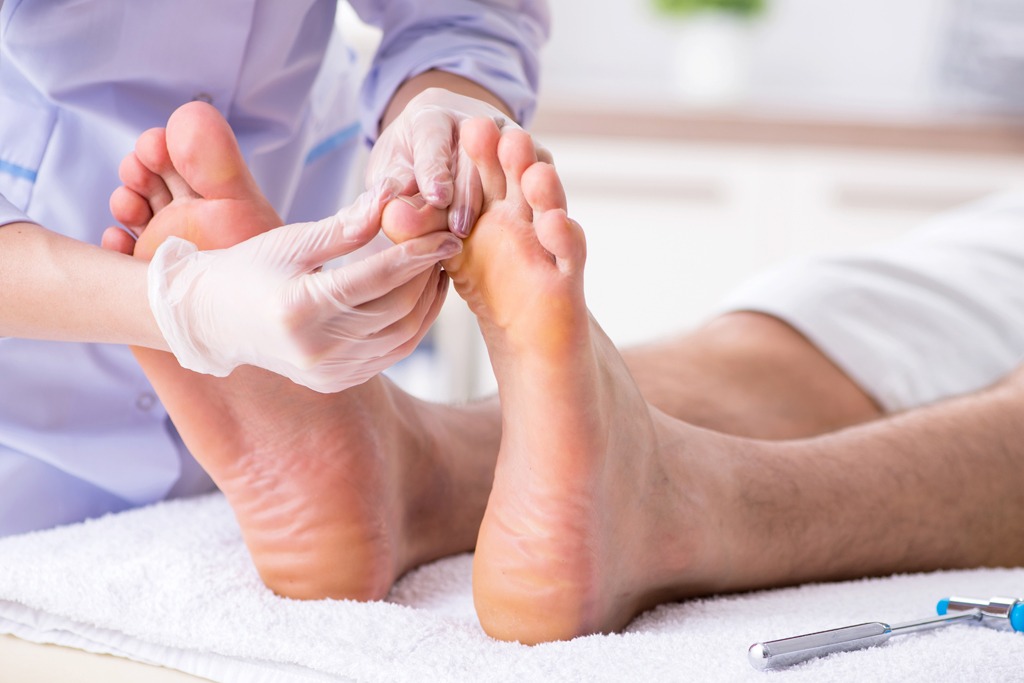
Hammertoe Surgery
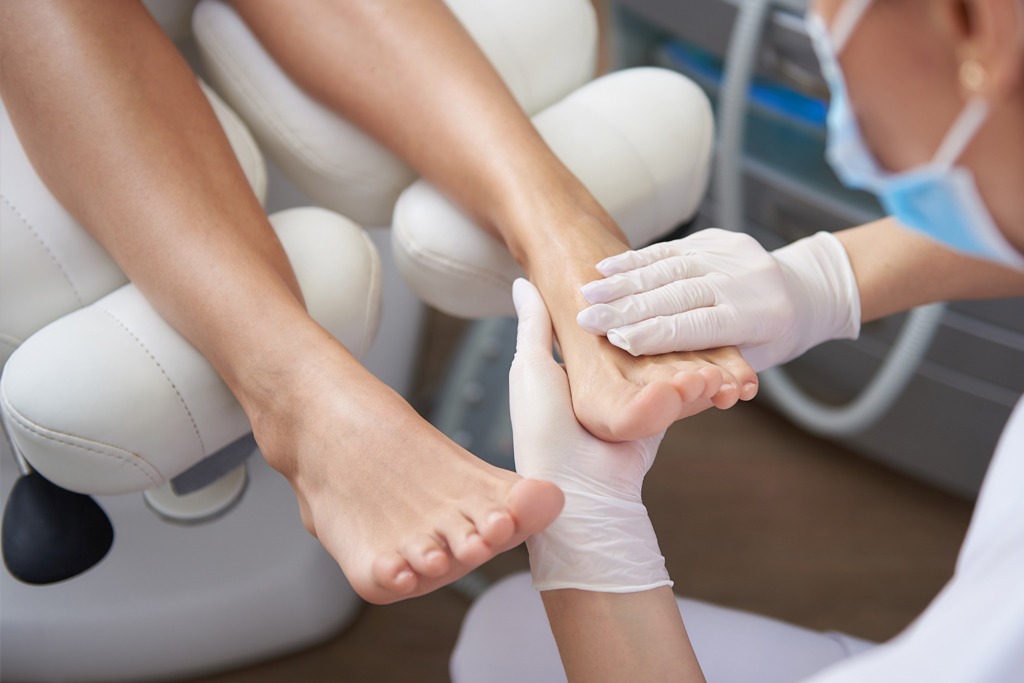
5th Hammertoe Surgery
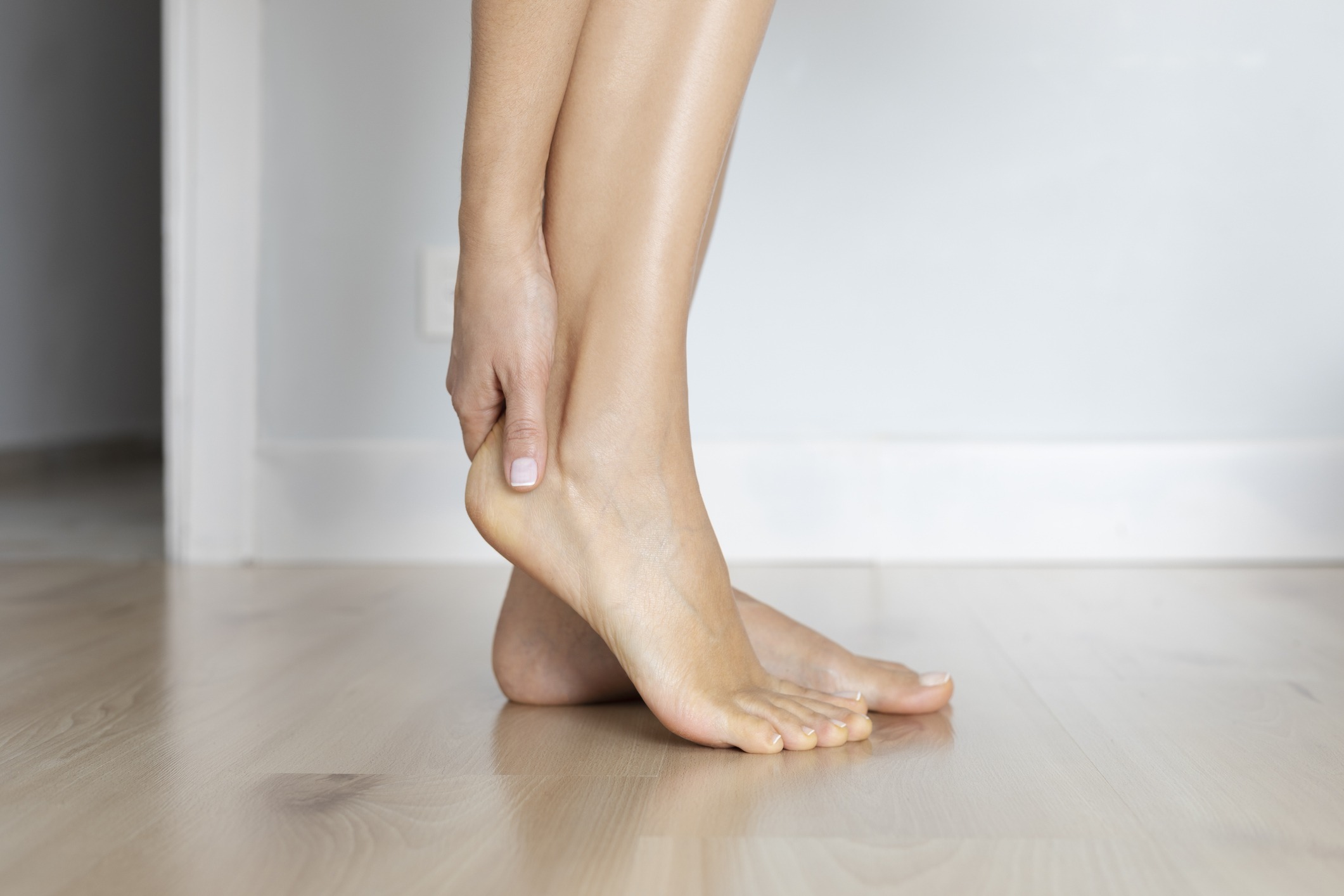
About
About

Happy Words From
happy patients
Get Back on Your Feet Today!
Get in Touch
"*" indicates required fields
Links
